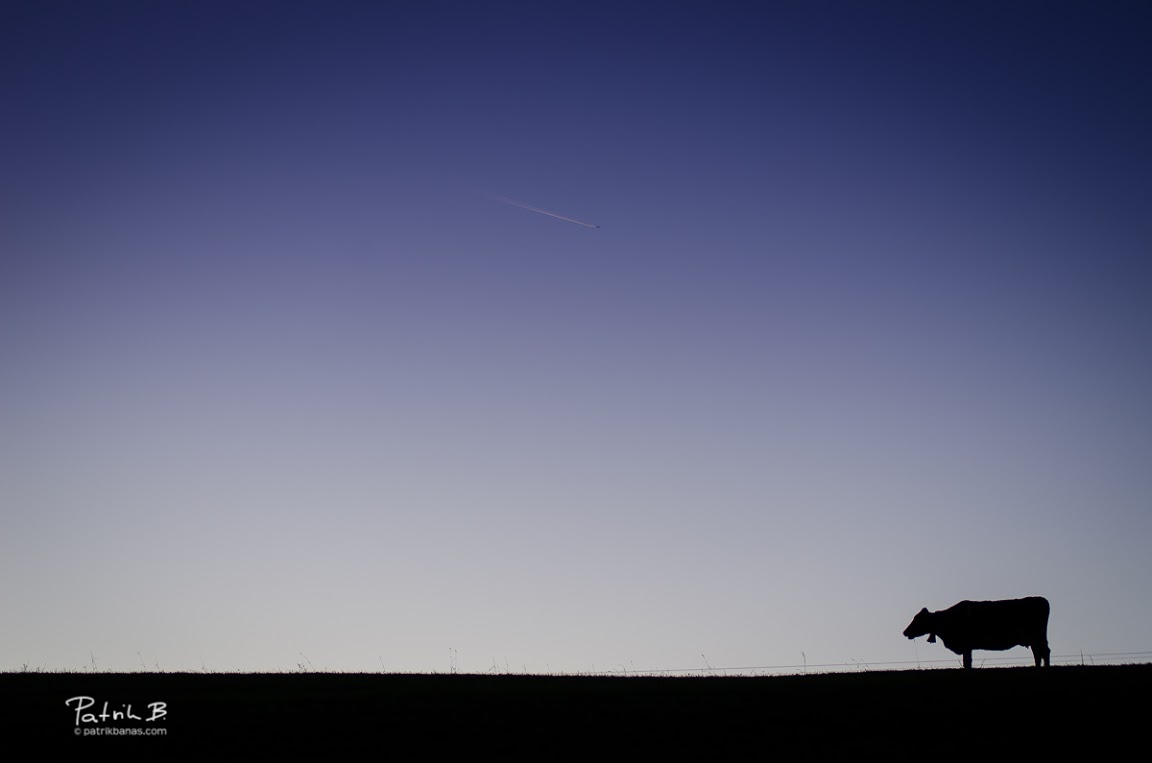

Photo by Masaaki Komori on Unsplash Observe balance between spaces This means you’ll get to mind your background or negative space more and how you will project it onto your image rather than just focusing on your subject. However, when photographing images with negative spaces, you’ll have to consider other elements in the scene in order to figure out how your entire image should play out. When taking snapshots, photographers often don’t mind the background and subject placement all that much. This divides the viewer’s attention across multiple focal points. But a tree that has many other trees in its vicinity doesn’t have enough separation from other distracting elements. For example, a single tree on a hill feels open because of the sky that surrounds it. Try to give your subject breathing room from the other compositional elements. Provide Some Breathing Room for your Subject Once you’ve selected your image’s main focus, pay attention to the subject’s surroundings. Your subject can be a solitary tree in a field, a model standing against a brick wall, or a flower surrounded by greenery. The first step in using negative space is to decide what your subject matter is. The next steps are to consciously make a few changes and try out these tips the next time you wish to photograph images with negative spaces. If you’re already used to following the Rule of Thirds, where your subject is usually placed off-center, you’ve already been doing it more than you think. Photographing images with negative spaces is fairly easy, but it still takes practice. Effective use of this concept can result in some truly stunning images across all genres of photography. Negative space photography is an engaging type of composition whose power makes it very popular among photographers.

#Negative space image how to#
Photo by Persnickety Prints on Unsplash How to Make Negative Space Photos Negative and positive space work together to create compelling photographs. In order to make use of empty space, you have to have some positive space as well. What is Positive Space?įor reference, the positive space of an image is the photograph’s main subject or focal point. There are some misconceptions that for an image to use negative space, the area surrounding the subject matter should be completely empty space. As long as you’re eliminating distracting elements and creating separation around the focal point, you’re achieving the desired effect. There’s no right or wrong way to effectively use space. The amount of space used in an image can vary from shot to shot. Whether you’re photographing a couple on their wedding day surrounded by an open blue sky, or a red flower surrounded by empty space composed of out-of-focus grass, your viewer will engage more directly with your focal point. Effective use of negative space can draw the viewer’s eye directly to the subject. Thoughtfully including negative spaces in your photos and allowing your viewers to focus on it more than they normally would give you some of the strongest photos and compositions. While the photo is seemingly simple, it draws the eye to the subject with its attractive colors and compositional balance.

The subject is obviously the speedboat in the middle of the photo, and the negative space is the surrounding area of stunning blue water. Sometimes it’s called “breathing space,” especially when your subject is a person or living thing. Negative spaces are typically just that-a blank space, such as the sky, a body of water, or any uninteresting elements that take up a huge chunk of the entire image. The main subject in your photo is the “positive space” the entire area between or surrounding that subject is referred to as the “negative space.” You can fill the negative space with solid color, texture, or white space so long as it creates a distinct sense of empty space and separation from the main subject. Negative space is the empty area in a photograph that surrounds the main subject or focal point. Photo by Daniele Levis Pelusi on Unsplash What is Negative Space in Photography?


 0 kommentar(er)
0 kommentar(er)
